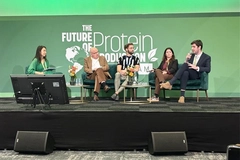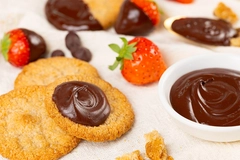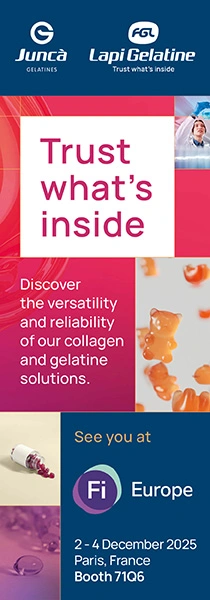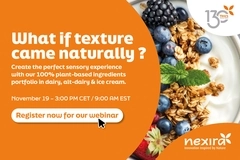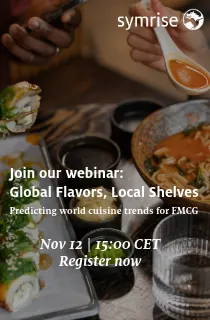Nestlé puts freeze on plastic pollution in Hong Kong with new paper packaging for KitKat ice cream
08 Jul 2022 --- Nestlé is unveiling new recyclable paper packaging for its KitKat Stick ice cream in Hong Kong. The move supports the food giant’s ambition to achieve 100% recyclable or reusable product packaging by 2025 and reduce the use of virgin plastic by one-third.
The packaging is made of 100% pure pulp, which has been certified by the Forest Stewardship Council (FSC). It is designed to reduce plastic consumption and boost recyclability.
The Nestlé KitKat Stick’s crispy chocolate surface is covered with large pieces of wafer for a rich, sweet and crispy taste and texture.
“Plastic waste is one of the biggest [environmental] sustainability issues the world is facing today. Tackling it requires a collective approach. We are committed to finding improved solutions to reduce, reuse and recycle,” comments Nestlé CEO Mark Schneider.
The company focuses on three core areas: eliminating non-recyclable plastics; encouraging the use of plastics that allow better recycling rates; and eliminating or changing complex combinations of packaging materials.
According to Innova Market Insights, a majority of consumers in neighboring China say paper packaging has good (44%) or excellent (30%) recyclability. However, a slightly larger majority believe plastic packaging has good (45%) or excellent (33%) recyclability.

In China, 43% of consumers say product protection is an important consideration when purchasing ice cream. Some 66% of Chinese consumers say plastic packaging offers good or excellent product protection, while 55% say the same of paper packaging. The new paper packs for KitKat Stick ice cream supports Nestlé’s ambition to achieve 100% recyclable or reusable product packaging by 2025 and reduce the use of virgin plastic by one-third.
The new paper packs for KitKat Stick ice cream supports Nestlé’s ambition to achieve 100% recyclable or reusable product packaging by 2025 and reduce the use of virgin plastic by one-third.
Following Thailand’s lead
Nestlé first introduced paper packaging for ice cream in Thailand on its Extreme Nama Orange, Extreme Nama Dark Chocolate Brownies, Extreme Nama Peanut Butter and, most recently, KitKat Stick product.
The paper packaging is FSC-certified and uses materials from renewable paper production sources with sustainable management. The company expected that switching to paper packaging in Thailand would reduce 28 tons of plastic use in 2021.
Paper is biodegradable or 100% recyclable, helping reduce landfill spaces and contamination on land, in water sources and in the ocean, it says.
Last week, global leaders warned the world is facing an “ocean emergency.” Meanwhile, UN secretary-general Antonio Guterres says the “egoism” of some nations is blighting efforts to bring ocean-bound pollution under control through a global treaty. UN leaders said the world is facing an “ocean emergency” at the Ocean Conference in Portugal amid rising plastic pollution.
UN leaders said the world is facing an “ocean emergency” at the Ocean Conference in Portugal amid rising plastic pollution.
Paper pioneer
The Swiss multinational is also recognized as the first company to launch paper packaging for confectionery. Last year, its Smarties brand adopted recyclable paper packaging for its chocolate products worldwide.
Also, Nestlé Waters trialed two plastic-reducing bottle innovations for its natural mineral water brand Vittel in France last year.
However, the company also continues to develop more environmentally sustainable plastic packaging. Last year, it co-produced a prototype KitKat wrapper made with recycled soft plastics, the first of its kind on the Australian market.
In other KitKat news, Nestlé was forced to withdraw a special edition range in India this year because the wrappers featured Hindu deities on the wrappers that some consumers found religiously insensitive.
By Joshua Poole


